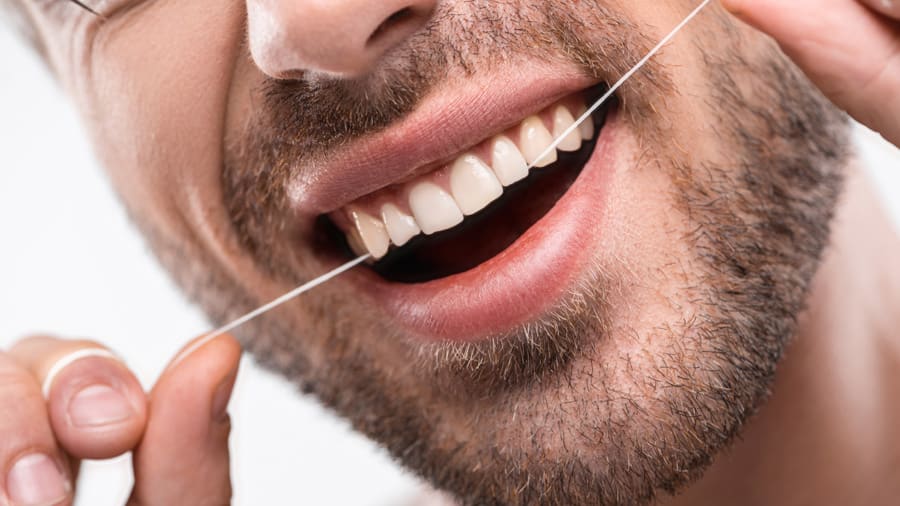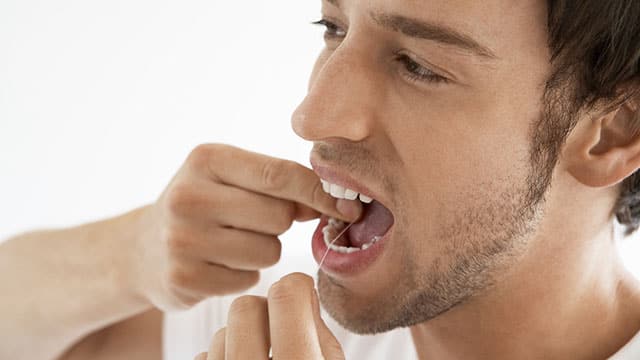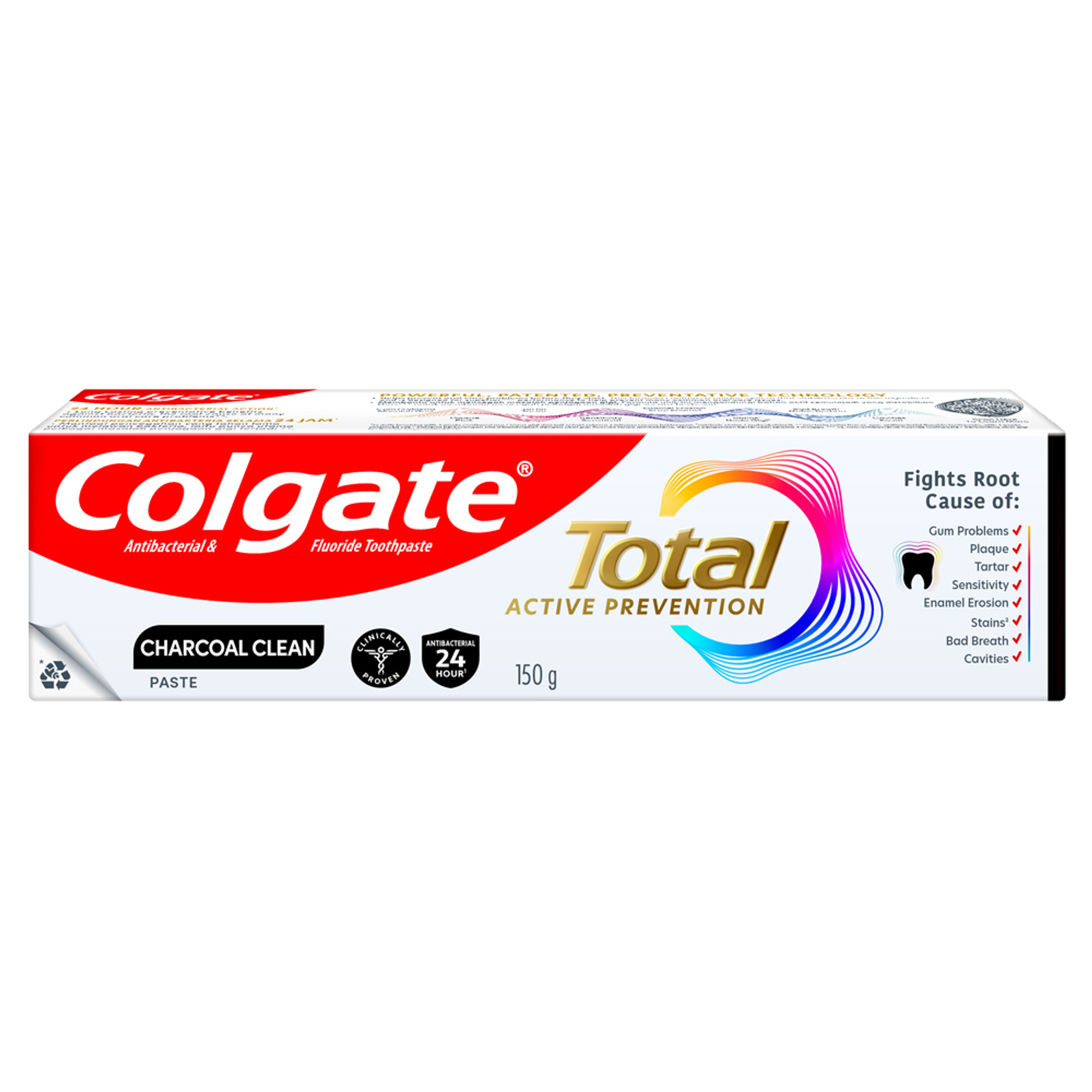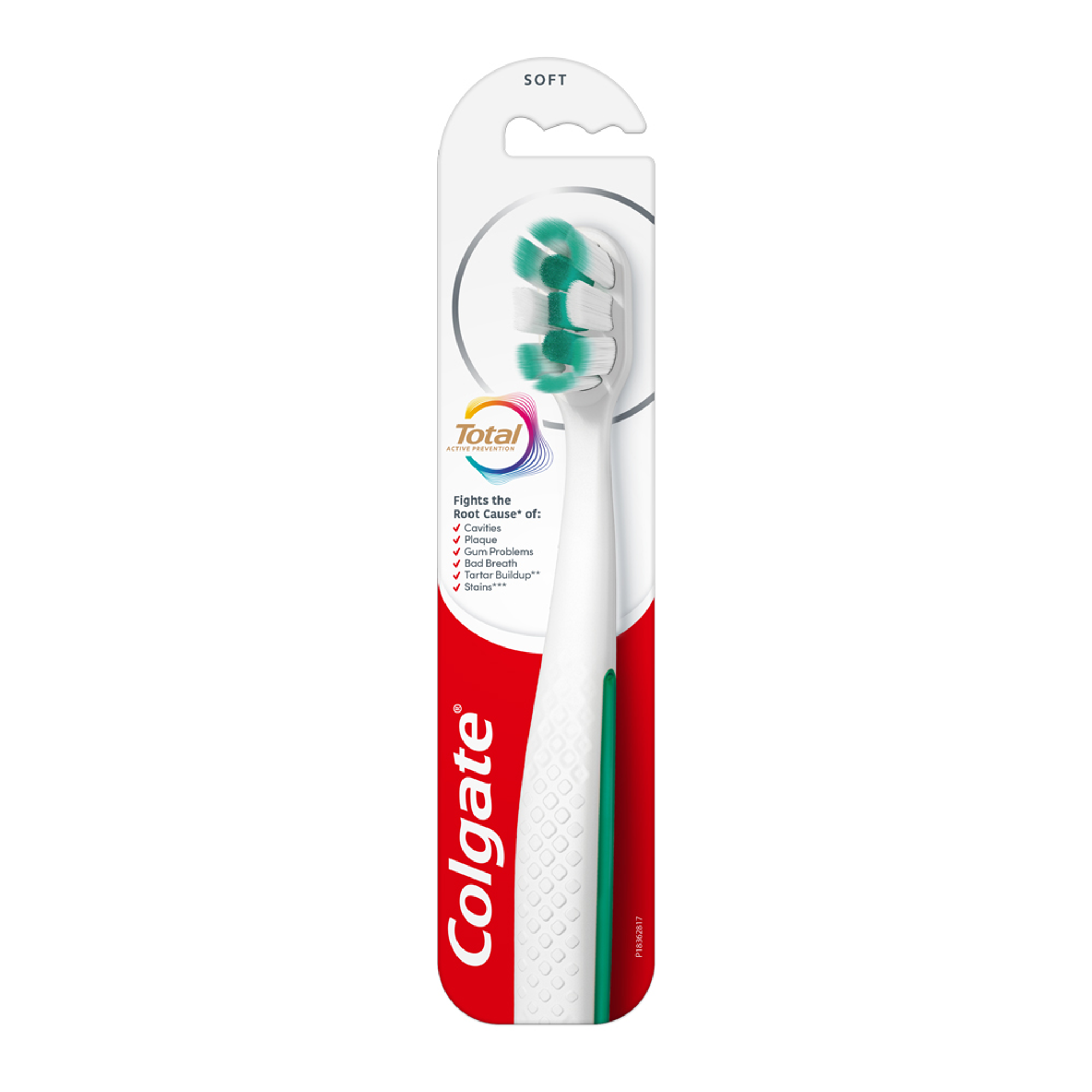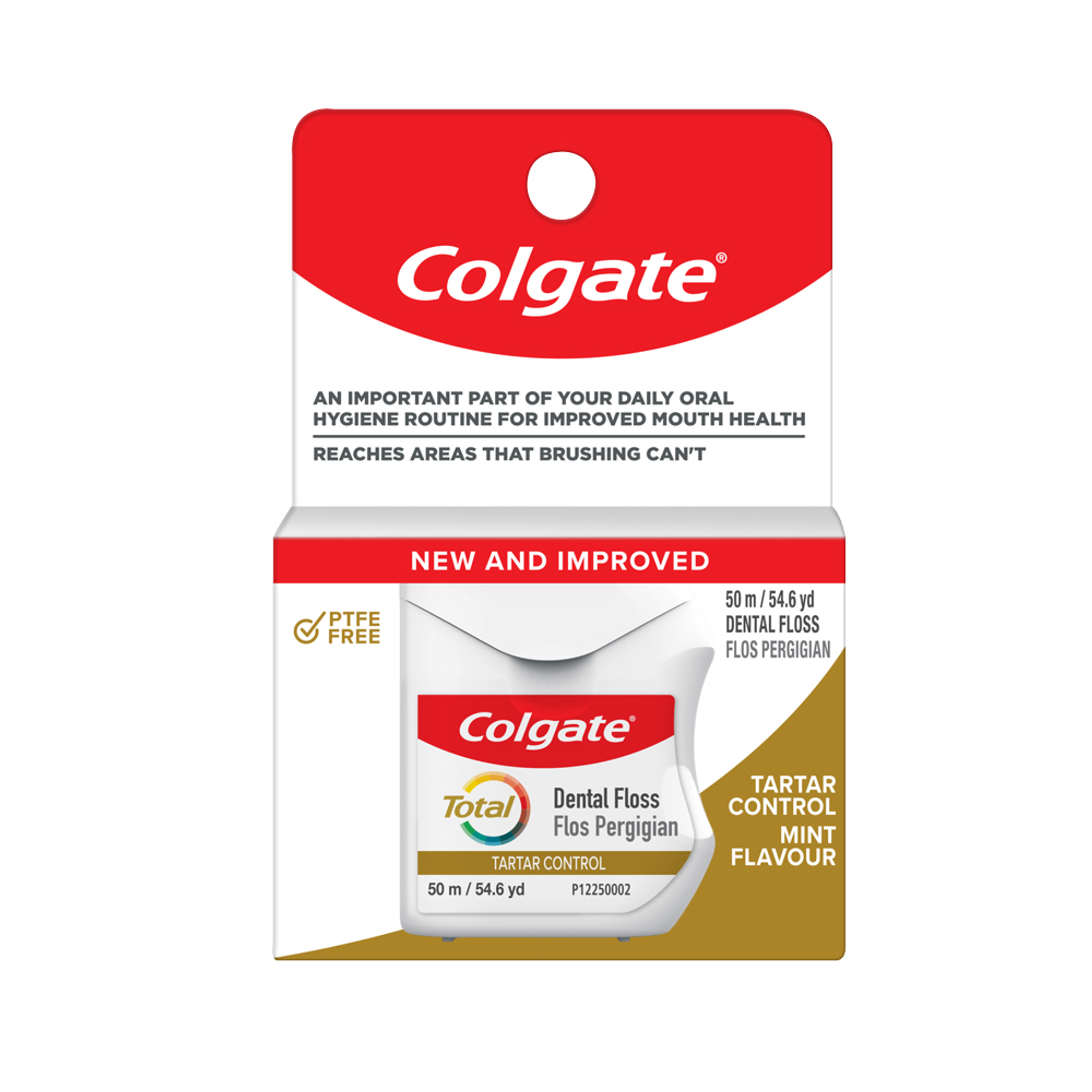Let’s understand why regular flossing is important for a healthy smile. Keep reading to learn proper flossing techniques and the common mistakes to avoid. Discover different types of flosses and their benefits. Find out how frequently you should clean between your teeth and how to do it other than with traditional floss.
Why Flossing is Essential for Oral Health
For optimal dental health, cleaning between the teeth and along the gumline is equally as important as cleaning the tooth surfaces. This is where the importance of flossing cannot be understated. Cleaning between the teeth, or interdental cleaning, targets areas in the mouth where your toothbrush cannot reach easily. These include the tiny spaces between teeth, below the gumline, and the side of the tooth. Food particles and debris easily get trapped in these areas. Along with harmful bacteria, they form a sticky biofilm called plaque. If not cleaned by regular brushing and flossing, plaque buildup leads to the following concerns:
Tartar: Hardened plaque that goes away only when a dental professional cleans it. Plaque and tartar are the common culprits of oral problems, including bad breath.
Gum disease: Results from plaque and tartar buildup. Early stages include swollen gums that bleed when you brush or floss (gingivitis). Removing plaque and tartar is crucial to reversing this stage. Timely treatment prevents it from progressing to advanced forms of gum disease.
Cavities: Holes formed on the tooth enamel. Bacteria in plaque release acids that erode the enamel, causing tooth decay. If not treated, pain and other problems are likely.
Types of Dental Floss and Their Benefits
Now that you know the importance of flossing every day, the next step is choosing the right tool to get the job done. You may choose from different types of dental floss to suit your needs and preferences. They serve the same basic functionality of removing plaque from interdental spaces and below the gumline. Some offer ease of use, while others are designed for better cleaning efficiency. They are mainly categorised as:
Multifilament (Nylon) Floss
Nylon is the most common material used for dental floss. It is typically designed by weaving tiny filaments or strands of nylon to create a strong, flat strand. Hence, it is called a multifilament floss. While offering ease of use and comfort for most users, it is likely to shred or tear when used for teeth with tighter spaces. Nylon floss is more versatile as you can choose from its waxed, unwaxed, and flavoured versions.
Key benefits include:
Easy to use, flexible, and affordable.
Ideal for people with regular teeth spacing.
Waxed flosses are easy to manoeuvre and do not shred easily at rough areas of teeth.
Unwaxed versions offer a feeling of thorough cleansing for well-spaced teeth.
Flavoured versions like mint and strawberry add a fresh taste and make flossing enjoyable.
Monofilament (PTFE) Floss
It consists of a single strand made of a stronger material such as Teflon (Polytetrafluoroethylene or PTFE). It is smoother and more durable compared to traditional multifilament floss. Though pricier, it is more resistant to shredding or fraying, offering you a hassle-free flossing routine. It slides easily between the teeth, including tighter spaces. It usually comes in waxed versions and occasionally with flavours.
Key benefits include:
Ideal for those with tightly-spaced teeth who struggle with shredding nylon floss.
Strong, durable, and resistant to shredding or fraying, even when used on the rough areas of the teeth.
The smooth texture lets you slide it comfortably and effortlessly between the teeth to clean tighter spaces.
It offers a comfortable experience for people with dental appliances such as crowns, braces, or bridges while flossing teeth.
Other Types of Floss
Dental tape is a broader, flatter version of traditional floss and resembles a ribbon. It comes in waxed or unwaxed versions and offers a larger surface area to clean wider gaps between the teeth.
A super floss includes a stiff end for threading, a spongy middle to clean larger areas, and a regular floss for cleaning normal spaces. It helps people with braces, bridges, or wider gaps between teeth.
For eco-friendly options, flosses made of silk or plant-based fibre are available.
How to Floss Properly: A Step-by-Step Process
Flossing your teeth regularly and effectively is more important than the type of floss you choose. By knowing how to floss properly using the right techniques, you can improve your daily oral routine for a healthier smile. Here is a step-by-step guide for cleaning between your teeth using traditional floss:
Start with about 18 inches of floss. Wind most of it around each middle finger; leave an inch or two to work with.
Hold the floss tautly between your index fingers and thumbs; slide it gently up and down between your teeth. Beginning with the back teeth, work your way forward. Make sure to clean the back sides of the molars.
Curve the floss in a C-shape around each tooth’s base and reach beneath the gumline. Gently slide it up and down. Avoid snapping or forcing the floss, as it may bruise the delicate gum tissues.
Repeat the procedure on the opposite tooth. If you are worried about how to floss upper teeth effectively, you may tilt your head downwards a little and gently guide the floss to the target areas.
Use clean sections of floss as you move from one tooth to another. Remove the floss with the back-and-forth motion and bring the floss up and away from the teeth. Discard the floss once you are done.
Common Flossing Mistakes and How to Avoid Them
One should know how to floss correctly to enjoy its full benefits. Otherwise, it may promote plaque buildup and reduce its effectiveness. It may also injure your delicate gums and affect your overall flossing experience. If you are unsure how to floss teeth, consult a dentist for proper guidance. Meanwhile, avoid the following common mistakes to get the most out of your flossing routine:
Not flossing daily: Cleaning the difficult areas in your mouth daily is crucial to prevent plaque from accumulating, hardening and leading to oral problems. Ideally, floss daily and do not skip the step.
Using too little floss: A shorter length of floss makes it harder to clean all teeth effectively and may lead to the reuse of parts that are already used and carry plaque.
Aggressive flossing: Forcing the floss or snapping it can easily bruise and injure the delicate gums. Working through each tooth and the gumline gently is ideal.
Skipping the gumline: The purpose of flossing is to remove plaque not only between the teeth but also below the gumline. Skipping this step allows plaque and tartar to build up and lead to gum disease.
Flossing in a hurry: Flossing hastily reduces its effectiveness and leaves many areas uncleaned. Ideally, take your time to work through each tooth and the gumline thoroughly.
Other Alternatives to Traditional Flossing
Some people are not comfortable or are less dexterous or limited in movement to practise conventional flossing techniques. Others may find using floss difficult while wearing dental appliances such as braces. Given the significance of regular interdental cleaning, if you are unsure how to use dental floss, various alternatives are available to help you out. A dental hygienist can recommend a suitable one based on your unique oral needs. They include:
Floss Holder: A small, reusable tool with a handle that holds a piece of floss tightly between two prongs. It avoids the need to wrap the floss around your fingers. If you are wondering how to floss back teeth without hassle, this tool is an ideal solution as it offers a better grip. You may refill it with the floss of your choice.
Floss Pick: A small piece of floss is attached firmly to a handle. They are single-use tools and are easy to use on the go. If you are not comfortable with traditional floss but want to know how to floss molars effectively, floss picks are a go-to solution.
Floss Threaders: Thin, flexible and disposable loop-shaped tools that help guide dental floss through difficult areas under braces and other dental work. They are used by pulling a piece of floss through the loop and guiding the threader under or around the target area.
Water Flosser: A hand-held device that uses a pressurised stream or jet of water to remove plaque and food residues between teeth and along the gumline. It is helpful for people with braces or sensitive gums.
Interdental Brush: Specially designed small toothbrushes with bristles that are designed to fit in the gaps between the teeth. They are reusable and helpful for those with wider interdental gaps or braces.
How Often Should You Floss?
Dentistry recommends flossing your teeth once daily for optimal dental health. Though some prefer to floss after brushing, it is ideal to floss first and then brush your teeth. While flossing lifts plaque and food debris from hard-to-reach areas, brushing with fluoride toothpaste cleans your oral cavity.
Besides brushing twice daily and using mouthwash, regular flossing improves oral hygiene and helps prevent problems from plaque buildup. The right type of floss, proper flossing technique, and avoiding common mistakes are crucial. Consult your dentist if you are unsure how to floss effectively or need medical advice on suitable flossing tools and alternatives.
Frequently Asked Questions
Can flossing cause gum recession?
Flossing does not cause gum recession; rather, it removes the causative factors like plaque. However, incorrect flossing or snapping the floss can injure your delicate gum tissues, which may eventually make the gums recede. Flossing gently using proper techniques is the key.
Is bleeding normal when flossing?
Bleeding is likely when you are new to flossing and doing it incorrectly. Bleeding gums while flossing may also indicate gum inflammation caused by plaque. It usually subsides as you remove plaque with regular, gentle flossing. Consult a dentist if the bleeding persists.
Should I floss every day?
Dentistry recommends flossing once daily, besides brushing twice, for optimal oral health. Flossing daily removes plaque from the hard-to-reach areas of the teeth before it hardens to tartar and enhances your defence against potential oral problems.
Does flossing make your teeth whiter?
Flossing removes sticky plaque and food residues from the difficult areas, giving your teeth a cleaner appearance. However, it does not whiten teeth. You may consult a dentist for professional treatments and product recommendations for teeth whitening.





